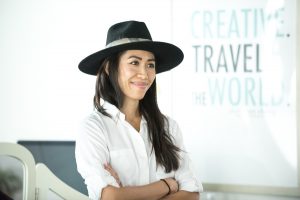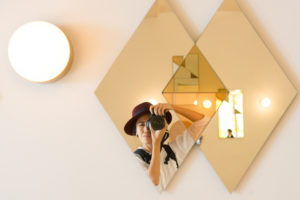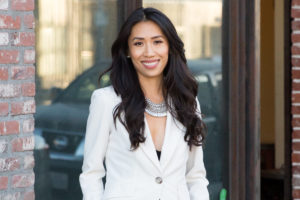Hope everyone had a fantastic weekend. Technically I guess it still is the weekend since today is President’s Day. I can never keep track of the holidays. Half the time I don’t even know what day of the week it is.
Here are answers to last Friday’s Q&A on Facebook!
1. Sophia L.: How do you decide what to write about on your blog?
I share what inspires me and whatever feels appropriate for that day. I don’t have a schedule of what I post besides these Q&A’s on Monday. If an idea comes to me, I quickly jot it down in my phone so that I don’t forget.
2. Courtney E.: Why do you prefer to shoot in RAW and will it have a detrimental effect on your photos if not?
I shoot in RAW because it gives you a wider range to work with in post processing in terms of color and exposure. If you are happy with the way the color looks in JPG and don’t feel the need to do a lot of post process, then shoot in JPG! Many times I like the way the color and contrast look while shooting in JPG, but when I want to change something in post processing (i.e. highlights), it’s easier to do so with a RAW file vs. JPG.
3. Cindy G.: What is the hardest part of a wedding shoot?
The family photos. It’s often like a circus, wrangling all the family members.
4. Sandra M.: How do you maintain composure during those emotional moments and capture photos?
You can be emotional and capture photos at the same time. In fact, I find it difficult to capture photos without connecting and feeling emotion – that’s how you get the good stuff! I love looking over at other wedding vendors during a mushy moment and see that they are crying too. Haha.
5. Mawiyah J.: In “normal people” talk, what the heck is the advantage of having a full frame body (i.e. Mark II) vs. an entry level DSLR like the T3i (Rebel)?
The main advantage is better image quality. The entry level dSLRs have a cropped frame. You lose the outer edges of the photo.
It usually doesn’t make a big enough difference for hobbyists, but professionals typically want the full frame so that they have more to work with, especially when shooting in low light or with wide angle lenses. I think a full frame camera is worth the investment for professionals.
6. Mike S.: Before an event, if anyone tries to piss you off, what do you do to focus and not get distracted?
I’ve learned that nothing is ever personal. What someone says or does to you never has anything to do with you, and everything to do with them. Once you truly understand that, other people will rarely piss you off.
7. Gustavo V.: Who are some of your biggest influences? Is there anyone you tried to emulate?
When I first started I looked at the photojournalistic work of Joe Buissink. It felt natural that I wanted to tell stories through candid moments. Joe Buissink still continues to be a huge inspiration for me. I think that it’s great to draw inspiration from other photography that you’ve seen, but not flat out copy it.
8. Makbule K.: What’s the best way to make your blog/site grow bigger?
Be consistent. Be consistent with the information you put out there and how often you update. For a blog, it is best to post consistently at least once per week.
9. Helena R.: How do you become a photographer without going to school?
You can do an apprenticeship, read books, attend workshops, or watch online videos.
10. Grace K.: I had the privilege of seeing your home. Where do you shop for your furniture?
Mostly from flea markets and second hand shops. I had an artist build my dining table. I frequent Cost Plus too. In general, I don’t like having things where you can tell immediately where it’s from. I do have furniture from Crate & Barrell and Ikea, but I think I chose unique enough pieces that you can’t tell immediately where they’re from unless you’re a furniture expert. I know this because (case in point – haha) I often get asked, “Where is this from?.” 🙂






Pingback: Q&A: Full Frame dSLR vs. Crop + Photo Rights Release + Lighting Setup On Location » Christine Chang Photography Blog